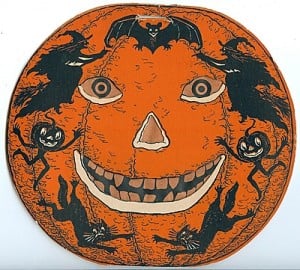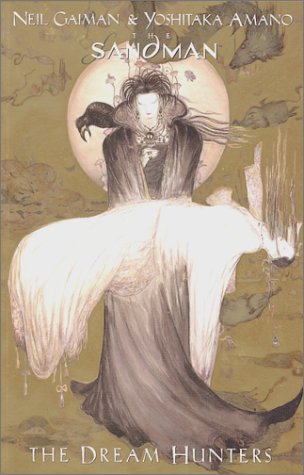Look for the video on our Moodle Pages.
Instructions
By Neil GaimanTouch the wooden gate in the wall you never saw before.
Say “please” before you open the latch,
go through,
walk down the path.
A red metal imp hangs from the green-painted front door,
as a knocker,
do not touch it; it will bite your fingers.
Walk through the house. Take nothing. Eat nothing.
However,
if any creature tells you that it hungers,
feed it.
If it tells you that it is dirty,
clean it.
If it cries to you that it hurts,
if you can,
ease its pain.From the back garden you will be able to see the wild wood.
The deep well you walk past leads to winter’s realm;
there is another land at the bottom of it.
If you turn around here,
you can walk back safely;
you will lose no face. I will think no less of you.Once through the garden you will be in the wood.
The trees are old. Eyes peer from the undergrowth.
Beneath a twisted oak sits an old woman. She may ask for something;
give it to her. She
will point the way to the castle.
Inside it are three princesses.
Do not trust the youngest. Walk on.
In the clearing beyond the caste the twelve months sit about a fire,
warming their feet, exchanging tales.
They may do favors for you, if you are polite.
You may pick strawberries in December’s frost.
Trust the wolves, but do not tell them where you are going.
The river can be crossed by the ferry. The ferry-man will take you.
(The answer to his question is this:
If he hands the oar to his passenger, he will be free to leave the boat.
Only tell him this from a safe distance.)If an eagle gives you a feather, keep it safe.
Remember: that giants sleep too soundly; that
witches are often betrayed by their appetites;
dragons have one soft spot, somewhere, always;
hearts can be well-hidden,
and you betray them with your tongue.Do not be jealous of your sister.
Know that diamonds and roses
are as uncomfortable when they tumble from one’s lips as toads and frogs:
colder, too, and sharper, and they cut.Remember your name.
Do not lose hope—what you seek will be found.
Trust ghosts. Trust those that you have helped to help you in their turn.
Trust dreams.
Trust your heart, and trust your story.
When you come back, return the way you came.
Favors will be returned, debts be repaid.
Do not forget your manners.
Do not look back.
Ride the wise eagle (you shall not fall)
Ride the silver fish (you will not drown)
Ride the gray wolf (hold tightly to his fur).There is a worm at the heart of the tower; that is why it will not stand.
When you reach the little house, the place your journey started,
you will recognize it, although it will seem much smaller than you remember.
Walk up the path, and through the garden gate you never saw but once.
And then go home. Or make a home.Or rest.
Oh, I wish I had written that.











